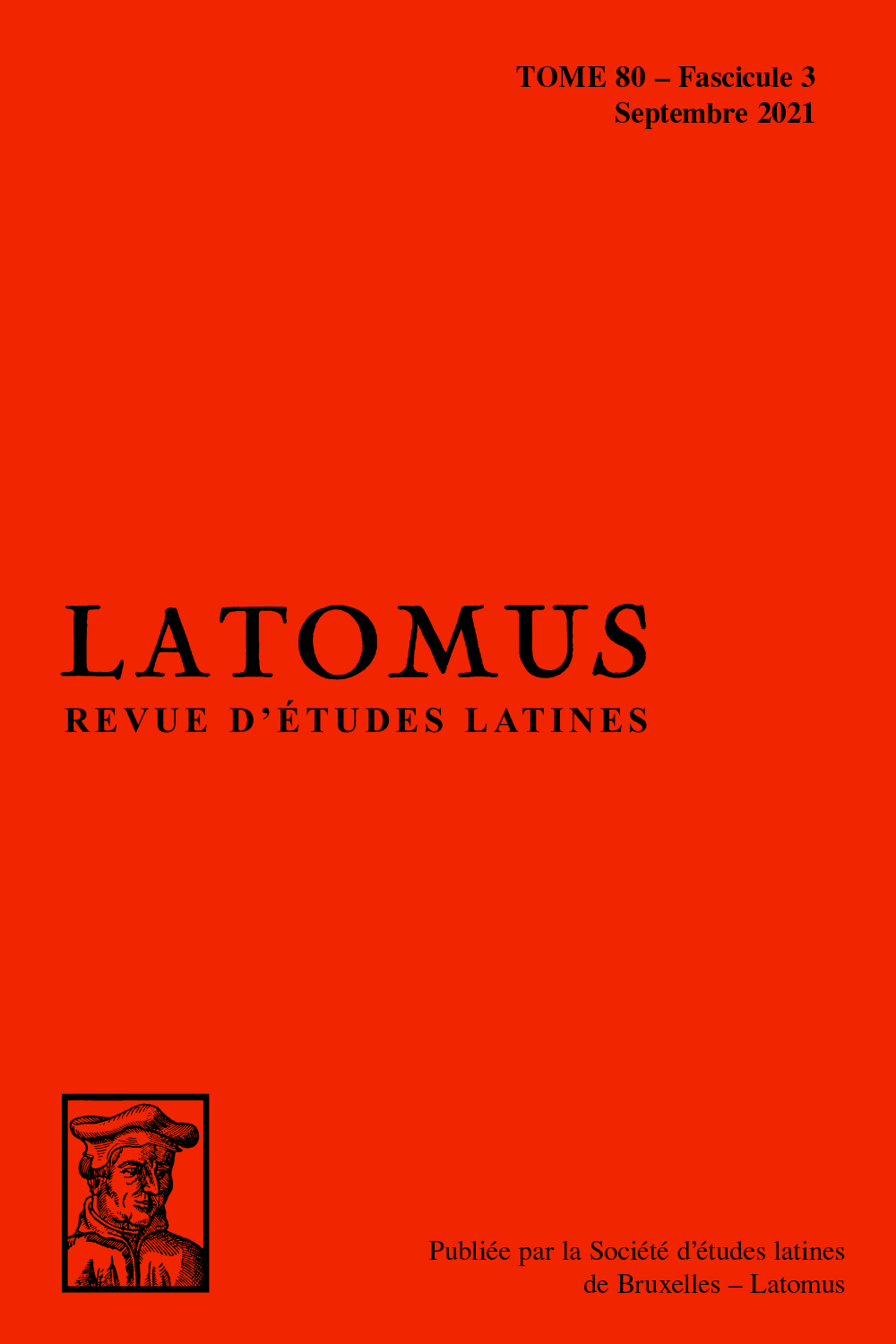 previous article in this issue previous article in this issue | next article in this issue  |

Preview first page |
Document Details : Title: Las élites municipales y los inicios de la crisis del urbanismo monumental en el Occidente romano Subtitle: Algunas consideraciones, con especial referencia a Hispania Author(s): MELCHOR GIL, Enrique Journal: Latomus Volume: 77 Issue: 2 Date: 2018 Pages: 416-440 DOI: 10.2143/LAT.77.2.3284990 Abstract : In the second century and the first third of the third century A.D., some cities started having financial problems that made it difficult to maintain infrastructures and public buildings. Yet city elites continued to participate in public life and support financially the development of urban equipment. In fact, though monumental urban planning fell into decline in certain cities, owing to insufficient financial resources, nothing allows interpreting this phenomenon as indicative of a civic crisis or a weakening of government institutions. During the period envisaged, those wealthiest families who sought social and political advancement had to move from small and medium-sized cities to other, more important cities in the same province, or even to Rome; this deprived their hometowns of important financial resources and capital investments, causing some of them to be unable to maintain part of their monumental heritage. Yet well-off social groups and landowners (the decurional elite) of those cities kept local government institutions and public life in working order. |
|


